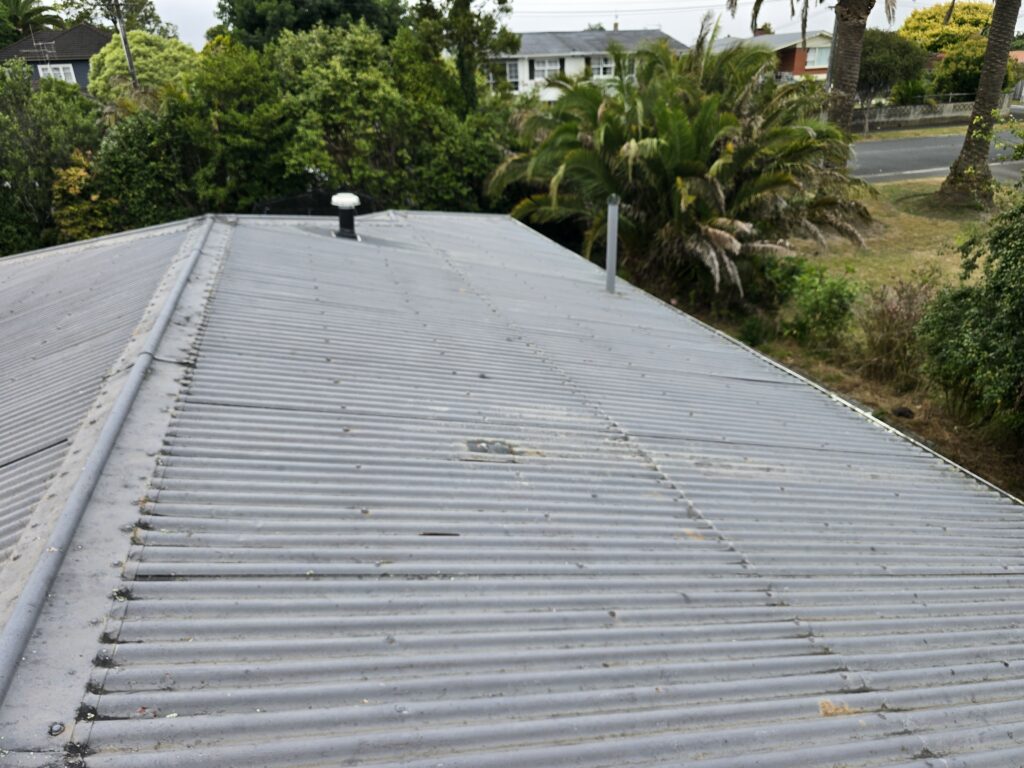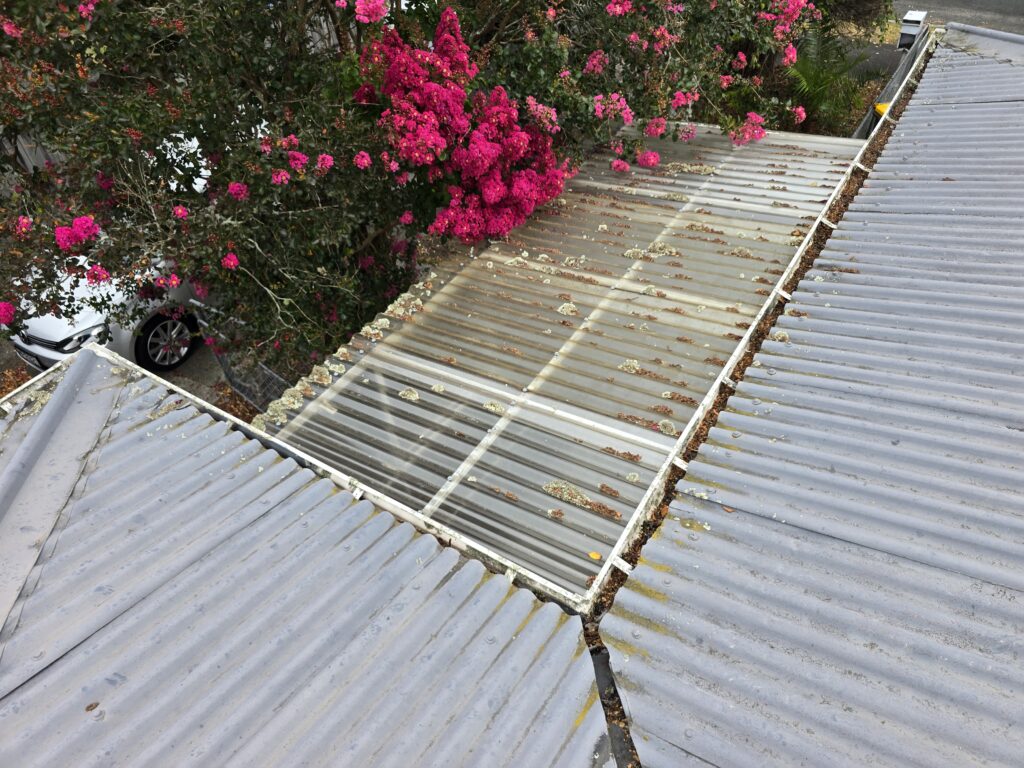
A well-maintained roof protects your home from rain, wind, and sun. In the Waikato region, where the climate brings a mix of heavy rainfall, humid summers, and occasional storms, keeping your roof in top shape is essential. Regular inspections help you spot small problems before they become expensive repairs, extend the life of your roof, and keep your home safe and dry.
But how often should you arrange a roof inspection in Waikato? The answer depends on your roof’s age, the materials used, and the local weather conditions. This guide explains when and why you should inspect your roof, with seasonal tips to help keep it in the best condition.
Why Roof Inspections Matter in Waikato
Waikato’s weather can be tough on roofs. Humid conditions encourage moss, lichen, and mould growth, especially on shaded or south-facing roof sections. Heavy rain can reveal or worsen small leaks, while strong winds may loosen flashings or lift metal sheets.
Regular inspections can:
- Catch issues early – A small rust spot, cracked tile, or lifted flashing is easy to fix if found early.
- Prevent costly repairs – Ignoring minor problems can lead to major leaks or structural damage.
- Extend roof life – Maintenance helps delay the need for a full roof replacement.
- Protect your home’s value – A sound roof improves resale appeal and reassures potential buyers.
- Keep insurance valid – Some policies may require proof of regular maintenance to cover storm or leak damage claims.
How Often Should You Inspect?
In general, most roofing specialists recommend at least one inspection per year for homes in Waikato. However, given the region’s mix of wet winters and hot summers, Roofing Repairs Hamilton which is a prominent roofing company in Hamilton recommends two inspections a year—one before winter and one at the end of summer—can be even better.
Suggested Inspection Schedule:
- Autumn (March–May) – Prepare for the wet, cooler months.
- Spring (September–November) – Check for winter damage and prepare for summer heat.
This seasonal routine helps you catch damage caused by winter storms or summer UV exposure before it worsens.
Seasonal Roof Care Guide for Waikato
Autumn Inspection: Preparing for Wet Weather
Autumn is the ideal time to check your roof before the rainy season sets in.
What to look for:
- Loose or damaged flashings around chimneys, skylights, and vents.
- Signs of rust on metal roofs, especially around screws and overlaps.
- Cracked or displaced tiles on concrete or clay roofs.
- Blocked gutters and downpipes from fallen leaves.
- Moss or lichen growth that could trap moisture.
Why it matters:
Autumn inspections give you a chance to fix issues before months of heavy rain arrive. A small leak left unrepaired over winter can cause ceiling stains, mould growth, or even timber rot.
Winter Watch: Monitoring Through the Wet Season
Winter in Waikato brings frequent rain and occasional storms. While it’s not usually the time for a full roof inspection due to slippery conditions, you should keep an eye out from the ground for:
- Water stains appearing inside your home.
- Overflowing gutters during rain.
- Loose sheets or tiles after a storm.
If you spot problems, call a roofer promptly rather than waiting for spring.
Spring Inspection: Recovering from Winter
Spring is the perfect time for a more detailed inspection after months of wet weather.
What to check:
- Damage from strong winds or fallen branches.
- Signs of mould, moss, or lichen buildup.
- Any fasteners that have loosened or popped up.
- Flashings that may have shifted or lifted.
Why it matters:
Addressing winter wear and tear now helps prevent problems during the hot summer months, when UV exposure can cause faster deterioration of already weakened areas.

Summer Maintenance: Heat and UV Awareness
Summer in Waikato can bring high UV levels, which can fade paint, cause sealants to dry out, and make some roofing materials brittle.
During summer, keep an eye out for:
- Fading or chalking on Colorsteel or painted surfaces.
- Cracks in sealants or flashing joints.
- Loose nails or screws on metal roofs due to expansion and contraction.
If you notice changes, arrange repairs before the next rainy season.
Additional Times to Inspect Your Roof
While seasonal checks are important, there are other situations where you should have your roof inspected sooner:
- After Severe Weather – Strong winds, hail, or heavy rain can cause damage you might not notice immediately.
- Before Buying or Selling a Home – A roof inspection can give buyers confidence and help sellers avoid last-minute surprises.
- After Installing Solar Panels or Antennas – Any work on your roof should be followed by a check to ensure flashing and penetrations are sealed correctly.
- If You Notice Interior Signs of Trouble – Water stains, damp smells, or mould growth inside your home often point to a roofing issue.
Who Should Do the Inspection?
While you can do a basic visual check from the ground with binoculars, a professional roof inspection is safer and more thorough. Qualified roofers have the experience and equipment to:
- Walk on the roof safely without causing damage.
- Check hard-to-see areas like valleys, ridges, and flashing edges.
- Identify early-stage problems that may not be obvious to an untrained eye.
Professional inspections also provide a written report, which can be useful for insurance or warranty purposes.
Tips for Keeping Your Roof in Good Shape Between Inspections
- Trim Overhanging Trees – Branches can scrape surfaces or drop debris into gutters.
- Clean Gutters Regularly – Blocked gutters can cause water to back up under the roof.
- Remove Moss and Lichen – These growths trap moisture and can damage protective coatings.
- Check Roof Penetrations – Ensure chimneys, skylights, and vents are sealed well.
- Watch for Pest Activity – Birds and rodents can nest under tiles or in roof cavities.
Final Thoughts
In Waikato, where the weather can swing from hot, humid days to weeks of heavy rain, your roof works hard all year round. A proactive inspection schedule—ideally twice a year in autumn and spring—helps you avoid unexpected leaks, expensive repairs, and premature replacement.
By combining seasonal checks with quick inspections after severe weather, and by acting quickly on any signs of trouble, you’ll extend the life of your roof and keep your home protected for years to come.
If it’s been more than a year since your last inspection, now is the perfect time to book one with a local Waikato roofing professional.
